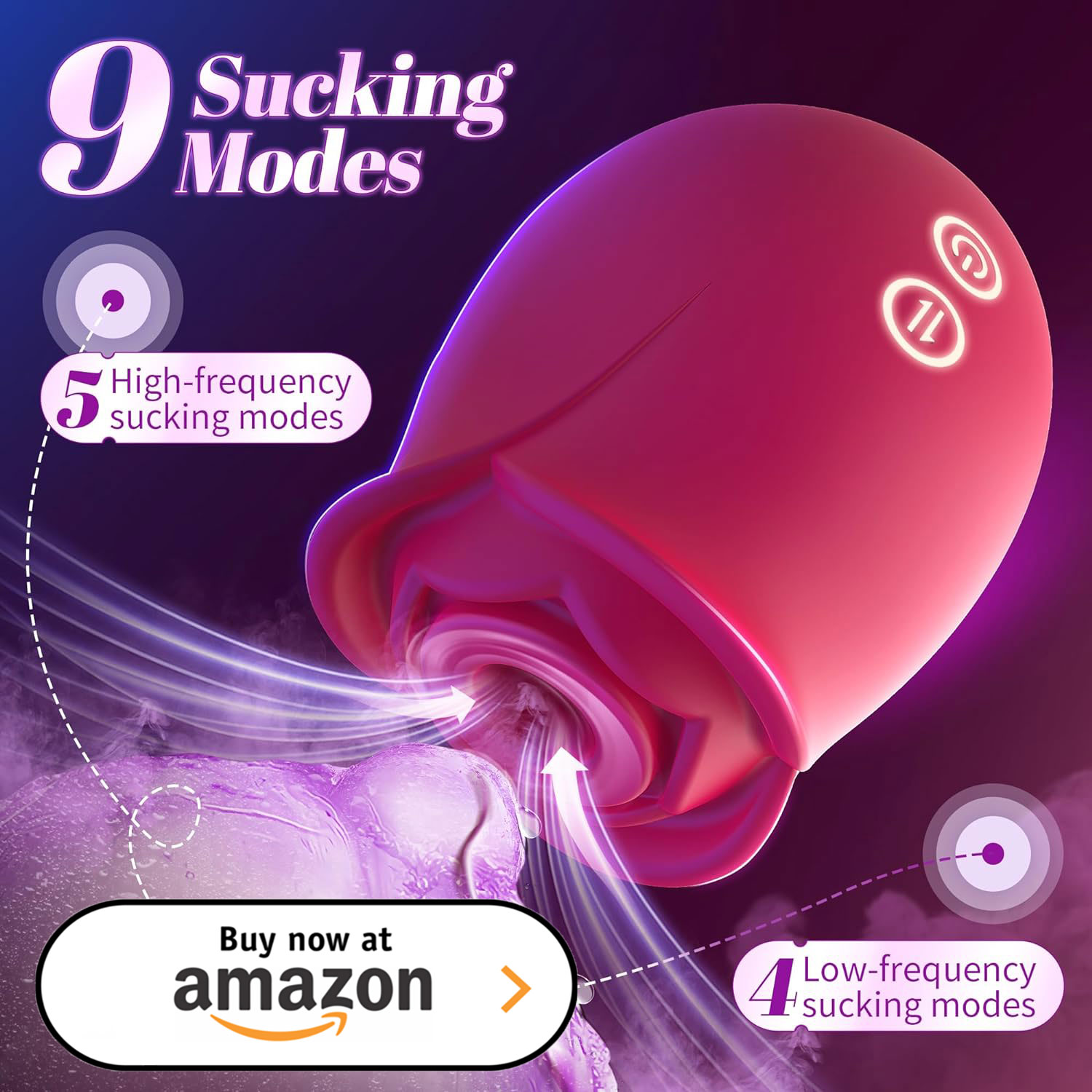How does the size of a dildo sex toy affect peopler experience?
The size of a dildo sex toy significantly affects the user experience, influencing not only physical sensations but also psychological and emotional responses. User preferences vary widely, and individuals may gravitate toward different sizes based on personal comfort, desired stimulation, and specific sexual goals. Below is a comprehensive examination of how the size of a dildo impacts users’ experiences.
1. Understanding Size Dimensions
- Length: Dildos come in various lengths, typically ranging from around 5 inches to over 12 inches. The choice of length can influence how users experience penetration and stimulation of different erogenous zones.
- Girth: Girth, or thickness, is another critical dimension, often ranging from slim to extra-wide. Girth affects the feeling of fullness and the sensation of friction during use.
- Shape and Design: The shape of a dildo, including any curves or contours, can enhance stimulation. Some users may prefer curved designs that target specific areas, like the G-spot or prostate, irrespective of size.
2. Physical Sensations
- Pleasure Levels: Many users report that larger dildos provide a sense of fullness, which can enhance pleasure. This feeling can be especially satisfying for those who prefer a more intense experience. Conversely, smaller dildos may be favored for more gentle sensations, particularly for users who are new to penetration or have sensitivity concerns.
- Targeting Erogenous Zones: Size can affect the ability to stimulate specific areas. Longer dildos can reach deeper, potentially stimulating the cervix or prostate, while shorter ones may be better suited for G-spot stimulation. The curvature of the toy can also play a vital role in targeting these sensitive areas effectively.
- Variety of Sensations: Users often appreciate the ability to choose different sizes for varying experiences. For example, some may prefer a larger dildo for a more intense session but opt for a smaller one for lighter, more casual play. This variety allows for a broader exploration of pleasure.
3. Psychological Aspects
- Confidence and Comfort: The choice of size can greatly influence a user’s comfort level. Individuals may feel more confident using a size they’re comfortable with, while larger sizes might induce anxiety or fear of discomfort, especially for beginners or those with past experiences of pain.
- Empowerment and Exploration: For some users, experimenting with larger dildos can symbolize empowerment and a willingness to explore their sexuality. Successfully using a larger toy can boost confidence and a sense of achievement in one’s sexual journey.
- Performance Anxiety: Some users may feel pressure to accommodate larger sizes, leading to anxiety about their ability to handle the toy. This can affect overall enjoyment and satisfaction. Open conversations about personal limits and preferences within relationships can help alleviate these pressures.
4. Practical Considerations
- Injury Risks: Larger dildos pose a greater risk of injury, particularly for inexperienced users. Issues such as tearing, bruising, or discomfort can arise if users are not adequately prepared or do not use enough lubrication.
- Lubrication Needs: Larger sizes often require more lubrication to ensure comfortable use. Users need to consider the importance of choosing the right lubricant to enhance the experience and minimize friction or discomfort.
5. User Preferences and Trends
- Diverse Preferences: Users exhibit a wide range of preferences regarding size. Some individuals may gravitate toward larger, more adventurous toys, while others may prefer smaller, more manageable options. Preferences can be influenced by factors such as anatomy, experience level, and sexual orientation.
- Community Insights: Online forums and sex-positive communities often provide platforms for users to share experiences and preferences regarding size. Discussions can reveal common trends, such as the popularity of medium-sized dildos as a versatile option for various users.
6. Specific Use Cases
- Beginners: Many beginners start with smaller-sized dildos to become accustomed to penetration. Smaller toys can help users build confidence and comfort with their bodies before experimenting with larger sizes.
- Advanced Users: More experienced users may seek out larger dildos to challenge themselves or enhance pleasure. They may also engage in dual penetration or other adventurous practices that require larger toys.
- Couples: In couples’ play, size can influence dynamics. One partner may prefer a particular size, affecting how both partners engage with the toy and each other. Communication is essential to ensure both partners are comfortable and satisfied.
7. Cultural and Social Influences
- Cultural Norms: Cultural backgrounds can influence attitudes toward size. In some cultures, larger sizes may be associated with enhanced masculinity or sexual prowess, while in others, there may be a more balanced view of different sizes.
- Social Media Trends: Social media and sex-positive movements often shape discussions around size, leading to evolving preferences. Campaigns promoting body positivity and inclusivity can influence how users view size and its importance in their sexual experiences.
8. Conclusion
The size of a dildo sex toy profoundly affects users’ experiences, encompassing physical sensations, psychological impacts, and practical considerations. While larger dildos can enhance feelings of fullness and pleasure, they may also introduce concerns regarding comfort and safety. Conversely, smaller dildos offer gentler sensations that may suit beginners or those seeking less intense experiences. Ultimately, individual preferences vary widely, and the diversity of sizes available allows users to explore their desires and find what works best for them. The ongoing conversations about size in sex-positive communities and among users highlight the importance of personal choice and the need for open communication about preferences and comfort levels.

